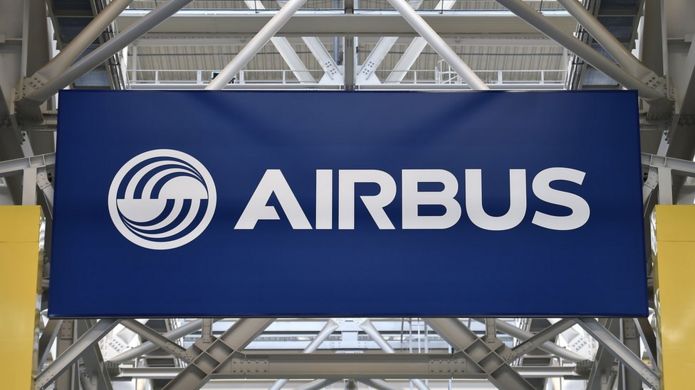(Coulson)
A Canadian company that's converting old Boeing 737 passenger jets into firefighting bombers is hoping its first Fireliner jet will be available this summer.
Coulson Group CEO and President Wayne Coulson, owner of one of the world's largest wildfire-fighting aviation companies, hopes his first bright red 737 Fireliner will ready for service in July or August.
"We're on a fast track," Coulson said. "It's quite an intricate process we have to go through."
Coulson's work is the first time anyone has tried to transform a 737 into a firefighting aircraft. A year ago, Coulson Aviation bought five old Southwest Airlines 737-300 jets, announcing plans to convert them for his fleet of wildfire-fighting aircraft.
Coulson Aircrane and its U.S. subsidiary, Coulson Aviation, have aerial firefighting bases at the British Columbia headquarters and in Reno, Nevada, flying a fleet of helicopters, turboprops and converted C-130 Hercules aircraft.
Over the past year, Coulson said his company has worked to convert three of the twin-engine jets and spent this spring running tests. One of the aircraft is completed, and a second is in progress.
He hopes to have five jets finished by 2020, but that's going to be a tough deadline to meet. The Federal Aviation Administration requires elaborate testing to certify aircraft as safe for pilots to operate, especially after airframes are modified.
And Coulson must prove its jet can actually hit targets when fire-bombing before the Department of the Interior allows the aircraft win government contracts to fight wildfires.
Coulson and its Fireliner must pass what the industry calls "grid tests." Coulson will load the jet with retardant and fly over a pre-set grid, aiming to hit targets in the zone with sufficient accuracy before a Fireliner can win contracts.
"Taking it out to the grid really allows out customer to see the performance of the aircraft," Coulson said.
Those tests are scheduled for June 11.
Coulson's team also has to calibrate the highly pressurized tanks inside the jet that carries the fire retardant. Those tests are done with water.
Coulson workers fill the Fireliner's tanks and then straddle the jet over a 10,000-gallon cement pond, into which the pressurized water is unloaded.
Before a Fireliner enters service, it will undergo one final test, flying with a full load at 30,000 feet "to see if there are any concerns," Coulson said.
THE COULSON FIRELINER
Dozens of engineers and metal workers spent more than 100,000 hours to design, engineer, manufacture and install systems on Coulson's Fireliner. Features include:
Coulson's patented fire retardant aerial delivery system (RADS).
Special pressurized tanks that can hold 4,000 gallons of water or fire retardant and drop 2,200 gallons per second in a flyover.
Room for 63 firefighters to fly into airports near blazes.
(Andrew McIntosh - Puget Sound Business Journal)

















